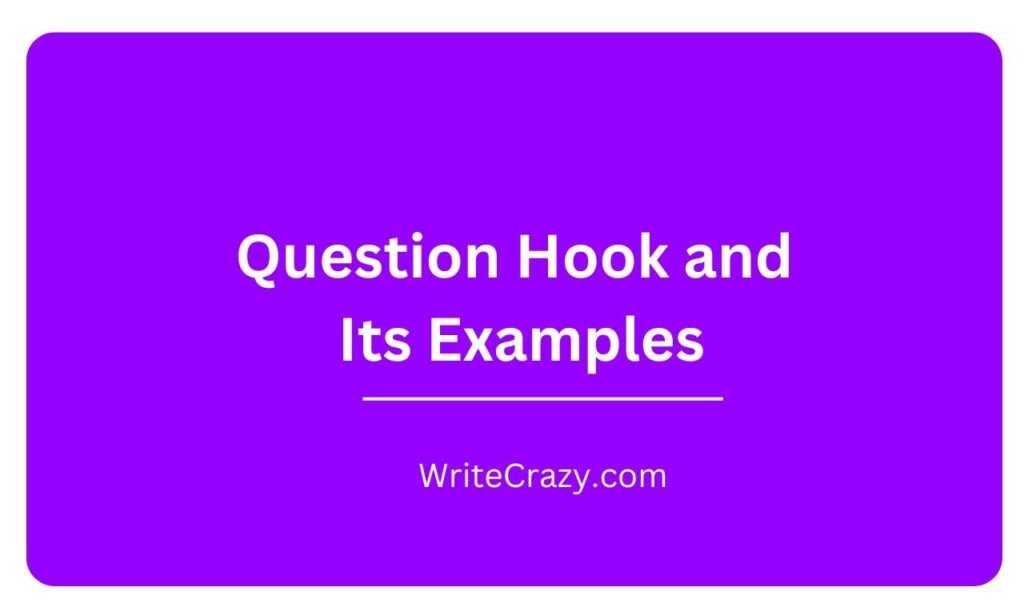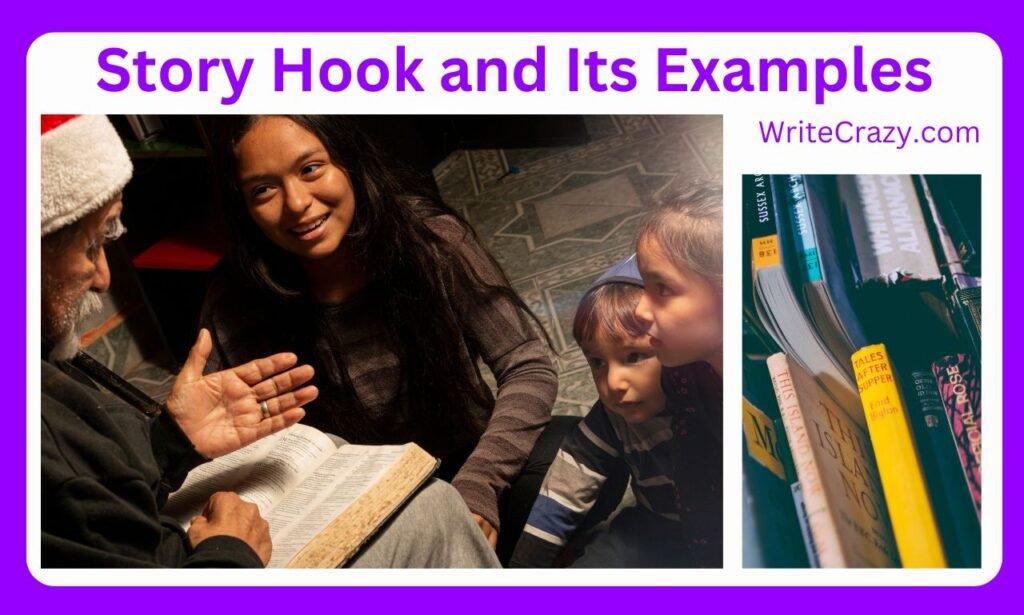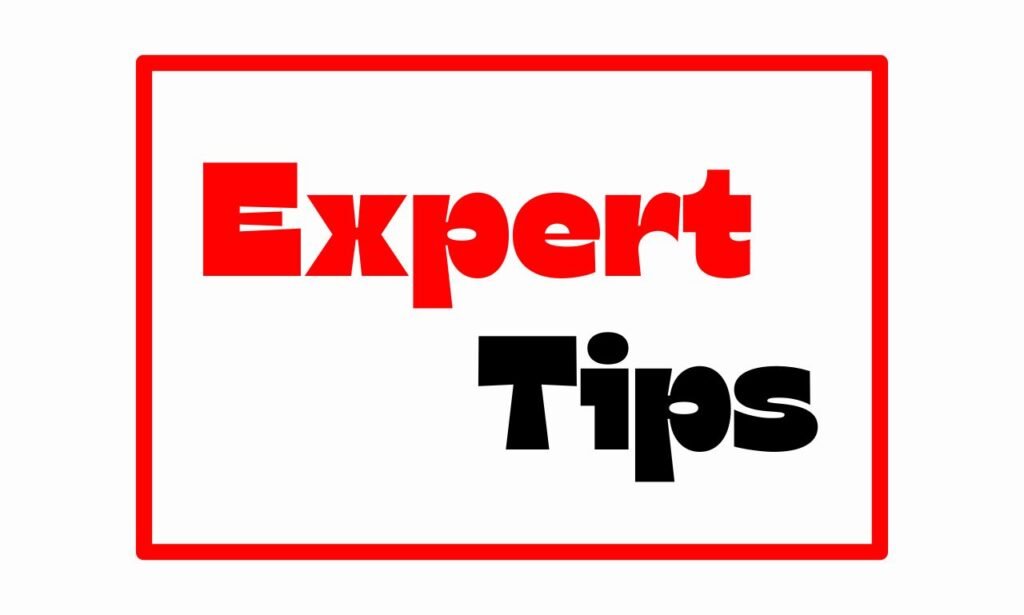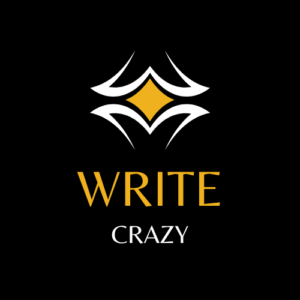In the realm of essay writing, writing compelling hooks for essays is necessary to captivate your reader from the very first line is an art form. Crafting an engaging introduction is like casting a spell, drawing your audience into the world of your ideas and arguments.
The key to unlocking this magic lies in the skillful use of hooks, those irresistible openings that grab attention and refuse to let go. Whether it’s a thought-provoking question, a startling statistic, or a gripping anecdote, the right hook sets the stage for a compelling journey through your essay.
Join us as we explore nine powerful hooks for essays guaranteed to captivate your reader from the outset.
What Do hooks For Essays Mean:
A hook for an essay acts as the captivating opener, strategically crafted to seize the reader’s attention and immerse them into the essay’s narrative. It’s the literary handshake, the initial impression that compels engagement.
Whether it’s a probing question that piques curiosity, a startling statistic that demands reflection, a poignant anecdote that evokes empathy, or a vivid description that paints a scene, the hook serves as the gateway to the essay’s essence. It not only sets the tone but also establishes a bond between the reader and the writer, inviting exploration into the essay’s core ideas and arguments.
9 Hooks For Essays That Grab Reader Attention:
Question Hooks For Essays:
A question hook in essay writing serves as a magnetic opener, leveraging curiosity to lure readers into the essay’s realm. Crafted to provoke thought, it plants seeds of inquiry in the reader’s mind, sparking a desire for answers. Whether it challenges conventional wisdom or delves into the complexities of a topic, the question hook initiates an intellectual dialogue between writer and reader. It prompts reflection, setting the stage for a deeper exploration of the essay’s themes. By engaging the reader’s curiosity from the outset, the question hook sets a dynamic tone and invites active participation in the essay’s narrative.

Examples:
- “Are you ready to explore the hidden secrets of the universe?”
- “Do you know what it takes to achieve true happiness in today’s fast-paced world?”
Declaration Hooks For Essays:
The Declaration Hook is a bold opening statement in an essay, akin to unfurling a flag of conviction. It asserts a strong stance or belief upfront, immediately commanding attention and setting the tone for the discourse that follows. This hook methodically declares the writer’s position, compelling readers to take notice and consider the forthcoming argument with earnestness. Whether it’s a provocative assertion challenging conventional wisdom or a passionate proclamation advocating for change, the Declaration Hook galvanizes readers, sparking intrigue and laying the groundwork for an essay that resonates with conviction and purpose.
Examples:
- In the historic document penned in 1776, it is asserted that individuals are inherently equal and possess certain fundamental rights bestowed upon them by their Creator. Among these rights are the pursuit of Life, Liberty, and Happiness, as articulated in the Declaration of Independence.”
- “The preamble to the Constitution of India, adopted with solemn resolve, lays the foundation for a nation characterized by sovereignty, socialism, secularism, and democracy. Its aim is to guarantee these principles and rights to all citizens of India.”
Static Hooks For Essays:
A static hook for essays is a fixed, unchanging opening technique aimed at arresting the reader’s attention from the outset. It’s a dependable approach, often rooted in timeless facts, figures, or statements that resonate with readers across contexts. Whether it’s a compelling statistic that shocks, a timeless quote that inspires, or a historical fact that intrigues, the static hook serves as a solid foundation for essay introductions. By leveraging established truths or enduring principles, writers can instantly engage their audience and lay the groundwork for exploring the essay’s central themes with clarity and impact.
Examples:
- Surprising Statistic: “Did you know that over 80% of students struggle with procrastination when it comes to studying for exams?”
- Provocative Quote: “As Albert Einstein once said, ‘Imagination is more important than knowledge.’ But how exactly does this notion apply to our modern understanding of creativity?”
- Rhetorical Question: Have you ever pondered the possibilities that would unfold if we could journey into the past and alter a single choice?
Simile Hooks For Essays:
A simile hook in essay writing employs the literary device of comparison, likening one thing to another using “like” or “as” to create a vivid image or evoke a particular feeling. Similar to a metaphor, a simile adds depth and resonance to the essay’s introduction, engaging readers through the power of imagery and association. By drawing parallels between disparate concepts, experiences, or ideas, the simile hook stimulates the reader’s imagination and sets the stage for the essay’s exploration. It’s a tool for writers to infuse their prose with creativity and allure, leaving a lasting impression on the reader’s mind.
Examples:
- The old house loomed over the neighborhood like a brooding giant, its windows staring out like eyes, silently watching the passage of time.”
- “Her laughter danced through the room like a melody, filling the air with joy and warmth, as infectious as a summer breeze.”
- “The city streets at night were a river of light, flowing and shimmering like molten gold, casting shadows that danced like ghosts in the moonlight.”
Story Hooks For Essays:
A Story Hook for an essay is a narrative-based opening designed to immediately captivate the reader’s interest. It introduces a compelling story, anecdote, or personal experience that sets the stage for the essay’s theme or argument. This hook type aims to draw readers in by appealing to their emotions and curiosity, establishing a connection between the essay’s content and the reader’s own experiences or interests. By weaving a narrative into the introduction, the Story Hook creates a sense of intrigue and investment, compelling the reader to continue exploring the essay to uncover the rest of the story.

Examples:
- In the dimly lit streets of Victorian London, a mysterious figure darted through the fog, clutching a blood-stained letter and whispering secrets of a long-buried scandal.”
- “As the sun dipped below the horizon, casting hues of orange and pink across the desert sands, a lone traveler stumbled upon an ancient tomb, its entrance adorned with cryptic symbols and warnings of a curse.”
- “On the bustling streets of New York City, amidst the chaos of rush hour, a young woman spotted a stranger with a striking resemblance to her long-lost twin sister, setting off a chain of events that would unravel family secrets and hidden identities.”
Description Hooks For Essays:
A description hook in an essay entices readers through vivid imagery and sensory details. It paints a vibrant picture, drawing readers into the scene or setting of the essay. This hook type relies on descriptive language to create a captivating atmosphere, stimulating the reader’s imagination and immersing them in the narrative. Whether it’s the lush greenery of a forest, the bustling streets of a city, or the tranquil beauty of a sunset, the description hook transports readers to another world, setting the stage for the essay’s themes and ideas to unfold.
Examples:
- As the first rays of dawn pierced through the thick veil of mist, casting an ethereal glow over the tranquil meadow, a lone figure emerged, silhouetted against the backdrop of nature’s awakening. This picturesque scene, with its delicate dance of light and shadow, beckoned travelers to pause and immerse themselves in the serenity of the morning.
- The aroma of freshly baked bread wafted through the bustling streets of the quaint village, mingling with the tantalizing scent of spices from nearby market stalls. Colorful banners fluttered in the gentle breeze, casting vibrant hues across cobblestone pathways lined with centuries-old buildings adorned with intricate carvings and ivy-clad facades. In this enchanting tableau, time seemed to stand still, inviting visitors to step into a world where history and charm converged.
- Beneath a canopy of ancient oaks, their gnarled branches reaching skyward like outstretched arms, a hidden oasis awaited those who dared to venture off the beaten path. Here, the symphony of nature’s chorus filled the air, as birdsong mingled with the gentle rustle of leaves and the soft gurgle of a crystal-clear stream winding its way through the verdant landscape. Amidst this idyllic setting, the cares of the world faded away, replaced by a sense of peace and wonderment.
Quotation Hooks For Essays:
A Quotation Hook is a captivating technique used in essay writing, employing a powerful quote to instantly intrigue and engage readers. It leverages the wisdom, insight, or emotion encapsulated in the chosen quote to set the stage for the essay’s themes or arguments. Whether from literature, history, or contemporary sources, a well-selected quotation can spark curiosity, provoke thought, or evoke emotion, drawing readers deeper into the essay’s exploration. By harnessing the authority and resonance of a compelling quote, the Quotation Hook establishes relevance, credibility, and resonance, compelling readers to delve further into the essay’s discourse.
Examples:
- “In the words of Albert Einstein, ‘Imagination is more important than knowledge.’ This timeless wisdom underscores the essence of creativity in problem-solving and innovation, setting the stage for a discussion on the power of imagination in shaping our world.”
Historical Hooks:
A historical hook in essay writing employs significant events or narratives from the past to grab the reader’s attention. By anchoring the essay in a historical context, this hook not only adds depth but also establishes relevance and credibility. It could be a captivating anecdote from a bygone era, a little-known historical fact, or a reference to a pivotal moment in history. Utilizing a historical hook sets the stage for exploring themes, drawing parallels, and providing valuable insights, making it a potent tool for engaging readers and enriching the essay’s narrative.
Examples:
- Anecdotal Opening: “In the bustling streets of 19th century London, as gas lamps flickered and carriages rattled by, one woman stood out among the throngs of pedestrians. Her name was Mary Jane Kelly, and she was about to become infamous as the final victim of the notorious serial killer, Jack the Ripper.”
- Setting the Scene: “Picture a fog-shrouded morning in 1775, the air thick with anticipation as a group of patriots quietly gather in the streets of Lexington, Massachusetts. Among them stands Captain John Parker, his militia poised for what would become the opening skirmish of the American Revolutionary War. Little did they know, their actions that day would ignite a flame of independence that would forever change the course of history.”
Current Event Essay Hooks:
The Current Event Hook is a dynamic essay opener that harnesses the relevance of contemporary happenings to captivate readers. By weaving in recent news, trends, or societal issues, this hook immediately establishes the essay’s timeliness and relevance. Whether highlighting a breaking news story, discussing a trending topic, or analyzing a recent event’s implications, the Current Event Hook taps into the reader’s interest in the world around them. It not only grabs attention but also positions the essay within a broader cultural context, making it compelling and relatable to audiences seeking insights into current affairs.
Examples:
- “Amid escalating tensions in various regions, the recent escalation of conflict between [Country A] and [Country B] has raised concerns about the potential for wider geopolitical instability. With diplomatic efforts faltering and rhetoric intensifying, the international community faces a critical juncture in addressing the root causes of conflict and fostering lasting peace.”
Tips To Write Perfect Hooks For Essays:
Crafting an engaging essay begins with capturing the reader’s attention right from the start. The opening paragraph, often referred to as the hook, serves as the gateway to your ideas, enticing readers to delve deeper into your writing. Well-crafted hooks for essays not only grab attention but also set the tone for the entire essay, establishing a strong foundation for your arguments and insights. Whether you’re aiming to inform, persuade, or entertain, mastering the art of the hook is essential.

Here are seven one-liner tips to help you create a perfect hook for your essay:
- Begin with a compelling question that intrigues the reader, drawing them into the topic from the outset.
- Use a surprising fact or statistic to capture attention and highlight the importance of your essay’s subject matter.
- Start with a vivid anecdote or story that illustrates the central theme of your essay, making it relatable to the reader.
- Employ a provocative statement or quote that challenges common beliefs or assumptions, sparking curiosity and interest.
- Introduce a relevant metaphor or analogy that provides a fresh perspective on the topic, engaging the reader’s imagination.
- Start with a brief but impactful description of a scene or setting related to your essay’s theme, setting the stage for further exploration.
- Open with a thought-provoking observation or insight that sets the tone for the essay and invites readers to delve deeper into the discussion.
Conclusion: Hooks For Essays
In conclusion, the significance of writing compelling hooks for essays cannot be overstated. It acts as the initial point of contact between the writer and the reader, shaping the reader’s perception and setting the stage for the ensuing discussion. By employing strategies such as posing thought-provoking questions, presenting surprising facts, or weaving captivating narratives, writers can effectively captivate their audience and sustain their interest throughout the essay.
Ultimately, a well-crafted hook not only grabs attention but also serves as a powerful tool for conveying the significance and relevance of the essay’s subject matter. Mastering the art of the hook is thus essential for any writer seeking to make a lasting impression on their audience.
FAQs:
What does a good hook mean?
A good hook is an attention-grabbing opening sentence or paragraph in an essay or article that captivates the reader’s interest and encourages them to continue reading.
How to check if a hook is good or not?
You can check if a hook is good by evaluating its ability to intrigue readers, relate to the essay’s topic, and set the tone for the rest of the piece. It should be engaging, relevant, and aligned with the essay’s purpose.
Why a good hook is important?
A good hook is important because it serves as the first impression of the essay, enticing readers to delve further into the content. It grabs attention, sets the tone, and establishes the relevance of the topic.
What are the benefits of writing good hooks for essays?
The benefits of writing good hooks include capturing and maintaining the reader’s interest, enhancing the overall readability of the essay, establishing credibility and authority as a writer
